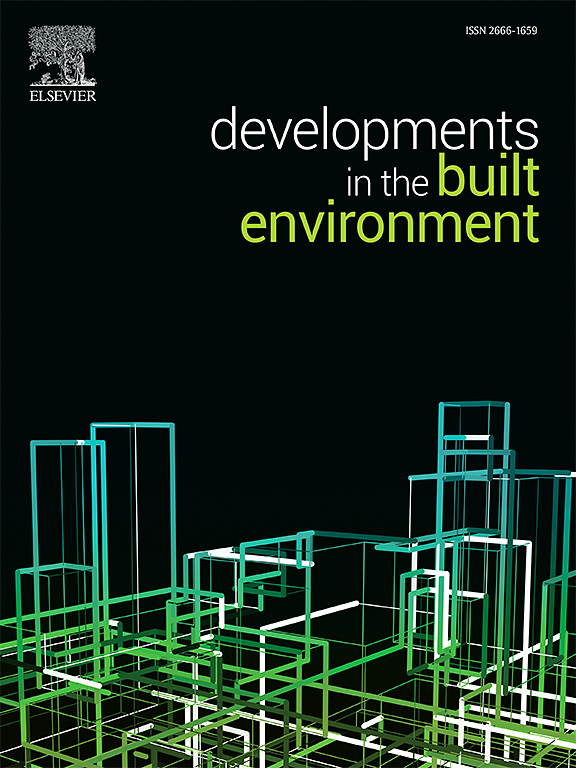硼硅酸盐玻璃碱活化制备多孔膜:废水酸度对铜吸附的影响
IF 8.2
2区 工程技术
Q1 CONSTRUCTION & BUILDING TECHNOLOGY
引用次数: 0
摘要
采用2.5 M NaOH:KOH溶液对duran型硼硅酸盐玻璃进行弱碱活化,制备了高多孔膜。细玻粉(<1 μm)的加入增加了与碱性溶液接触的表面积,显著提高了玻璃网络的反应性。这促进了玻璃成分的溶解,导致它们随后的聚合。在此过程中,材料在40°C下进行低温固化,有助于固结和稳定。所得多孔结构在水介质中表现出优异的除铜性能。对铜的吸附受溶液pH值的影响较大,通过活化材料的表面处理可以调节吸附量。在沸水中处理的硼硅酸盐基膜在pH值为2和5时可以分别去除92%至99%的铜(II),而“原始”碱活化样品在pH值为2时可以达到65%的铜(II)去除率。这些发现强调了在不同pH条件下优化膜性能的定制策略的必要性。本文章由计算机程序翻译,如有差异,请以英文原文为准。
Development of porous membranes by alkali activation of borosilicate glass: effect of wastewater acidity on copper adsorption
A highly porous membrane was prepared through weak alkali activation of Duran-type borosilicate glass using a 2.5 M NaOH:KOH solution. The incorporation of fine glass powder (<1 μm) significantly enhances glass network reactivity by increasing the surface area in contact with the alkaline solution. This promotes the dissolution of glass constituents, leading to their subsequent polymerization. Following this process, the material undergoes low-temperature curing at 40 °C, aiding consolidation and stabilization. The resulting porous structure shows excellent performance in copper removal from aqueous media. While adsorption of copper is strongly influenced by the pH of the solution, the adsorption capacity can be adjusted through surface treatment of the activated material. The developed borosilicate-based membranes treated in boiling water can remove between 92 % and 99 % of copper (II) at pH levels 2 and 5, respectively, whereas “raw” alkali-activated samples achieve up to 65 % copper (II) removal at pH 2. These findings underscore the need for tailored strategies to optimize membrane performance across varying pH conditions.
求助全文
通过发布文献求助,成功后即可免费获取论文全文。
去求助
来源期刊

Developments in the Built Environment
Multiple-
CiteScore
7.40
自引率
1.20%
发文量
31
审稿时长
22 days
期刊介绍:
Developments in the Built Environment (DIBE) is a recently established peer-reviewed gold open access journal, ensuring that all accepted articles are permanently and freely accessible. Focused on civil engineering and the built environment, DIBE publishes original papers and short communications. Encompassing topics such as construction materials and building sustainability, the journal adopts a holistic approach with the aim of benefiting the community.
 求助内容:
求助内容: 应助结果提醒方式:
应助结果提醒方式:


